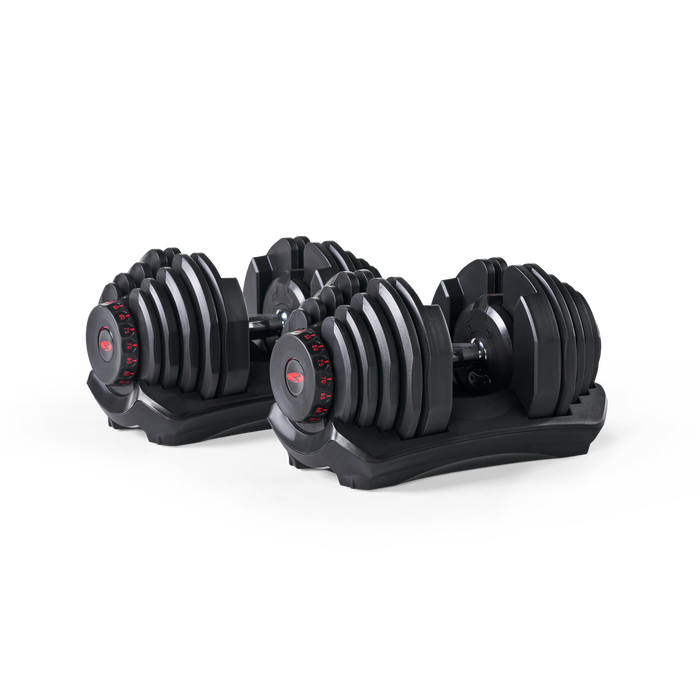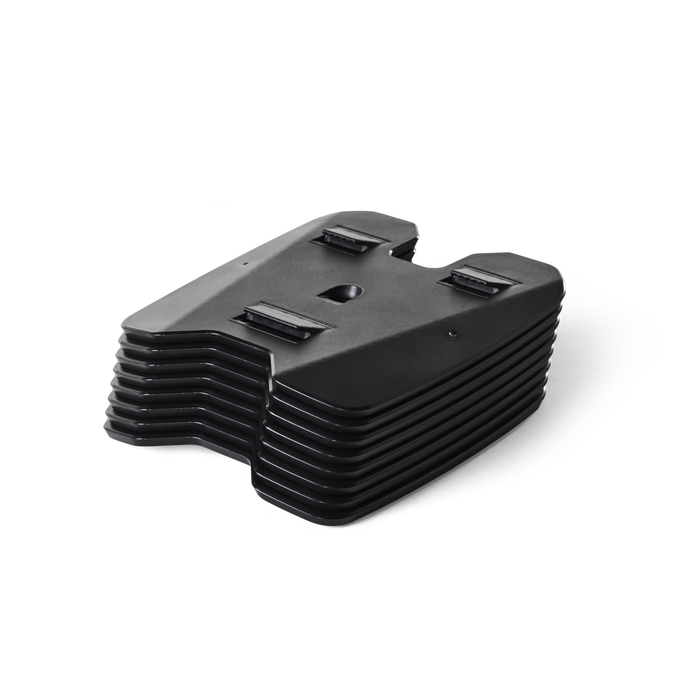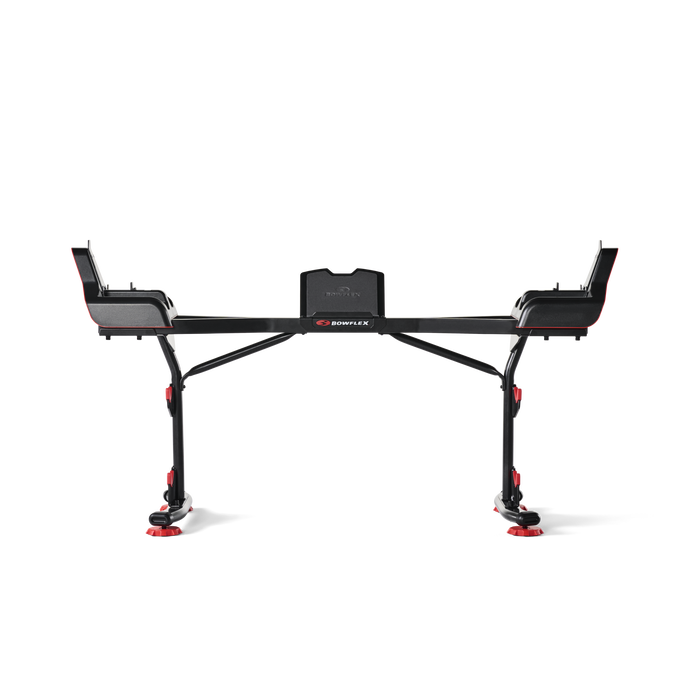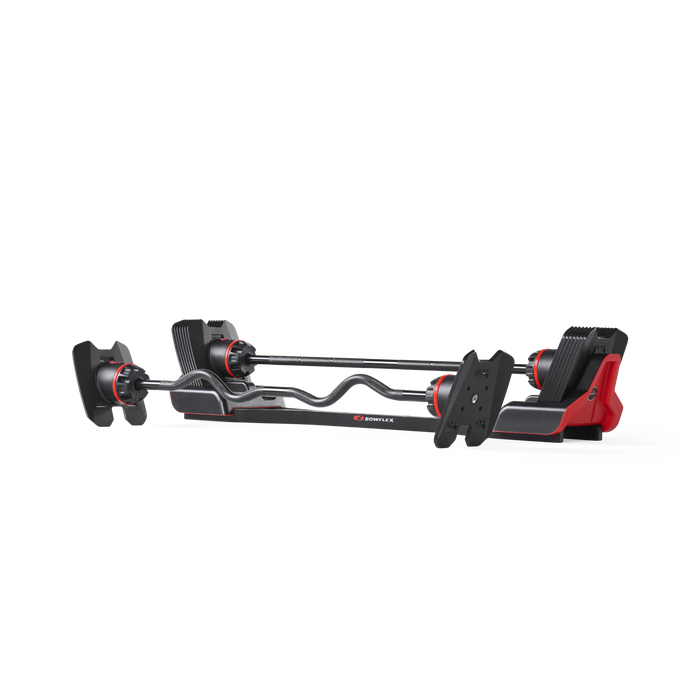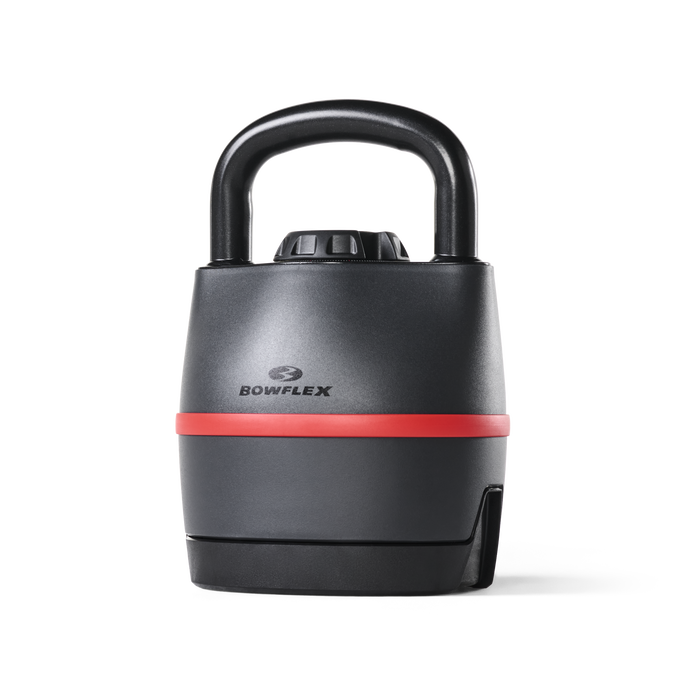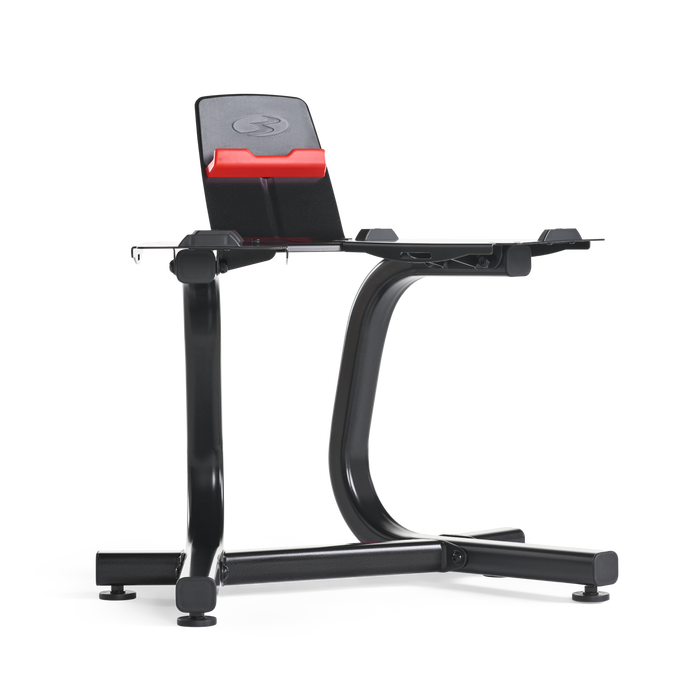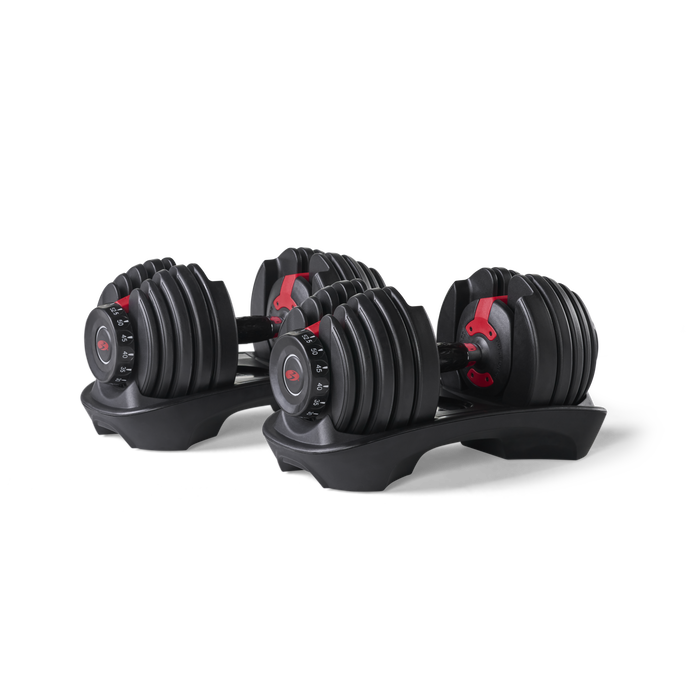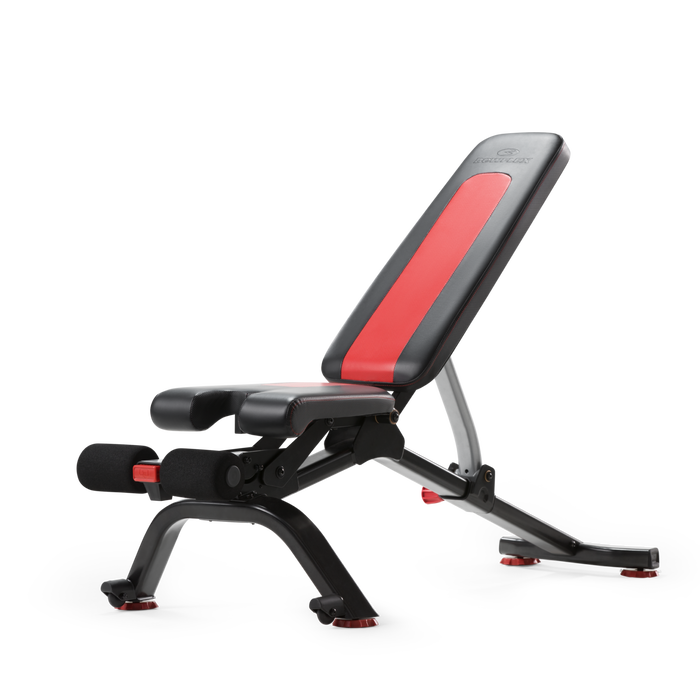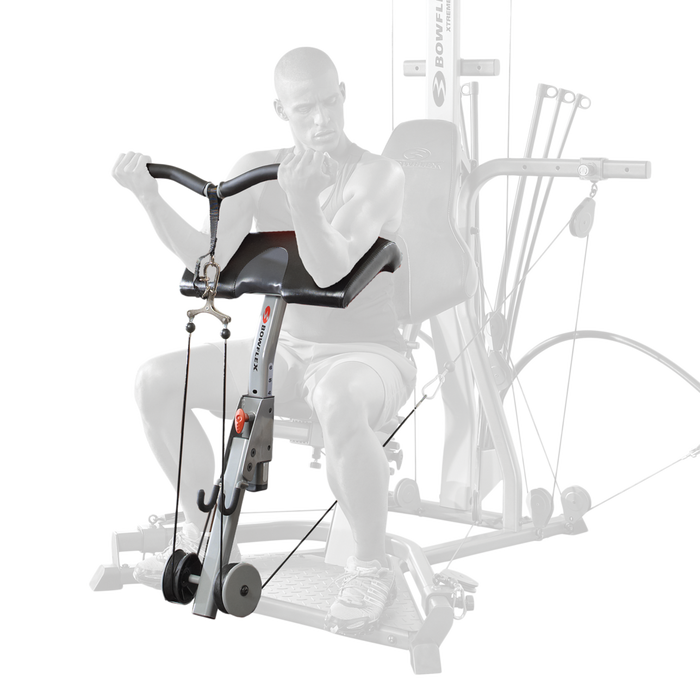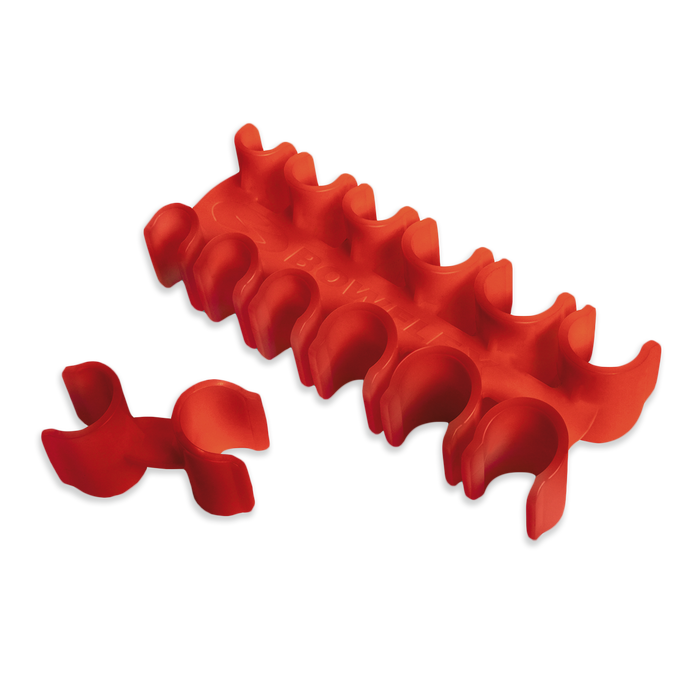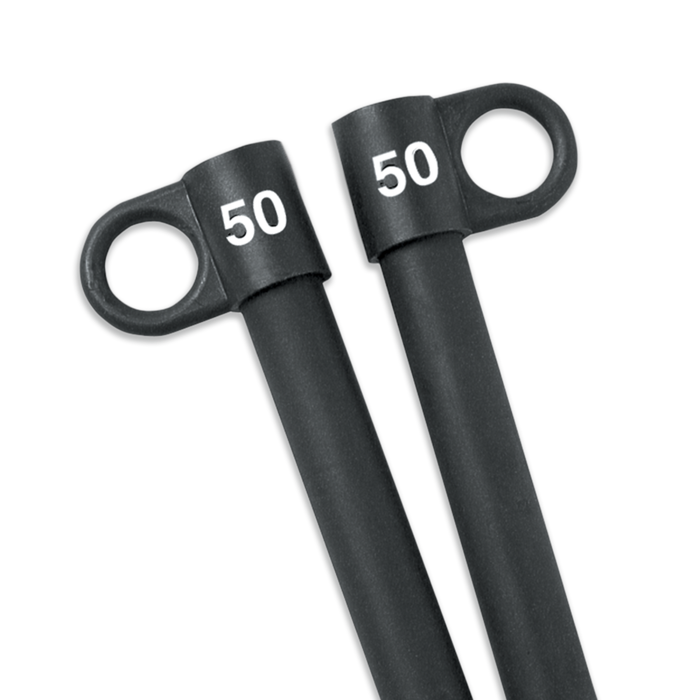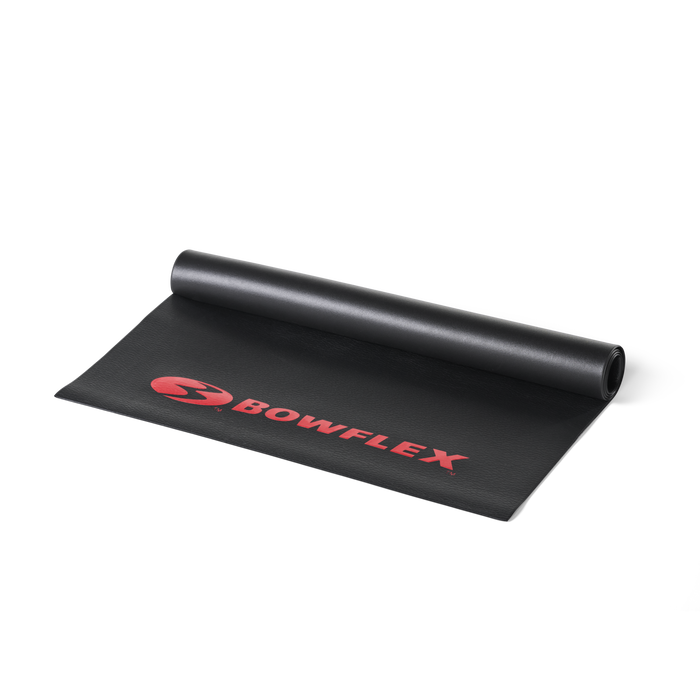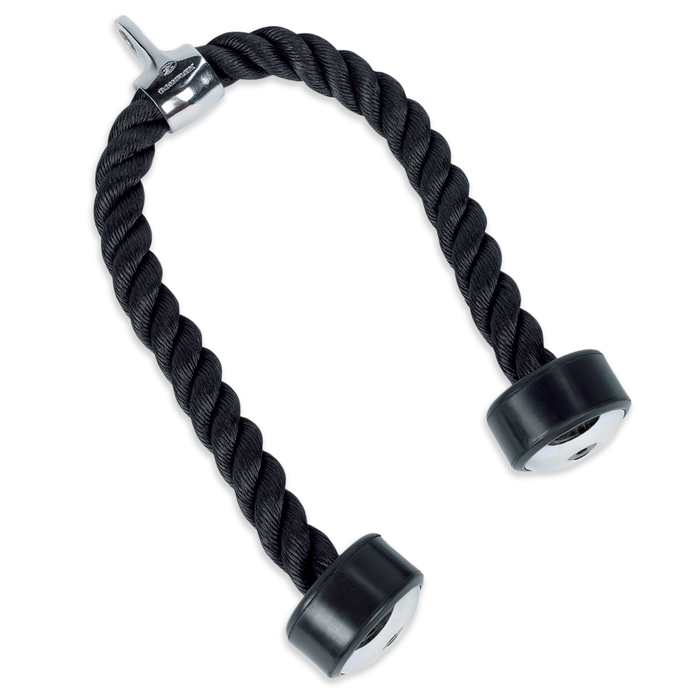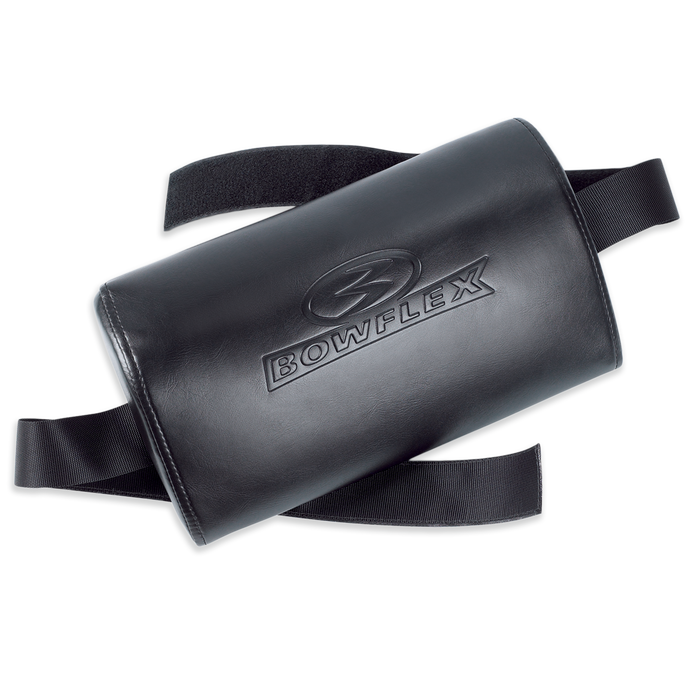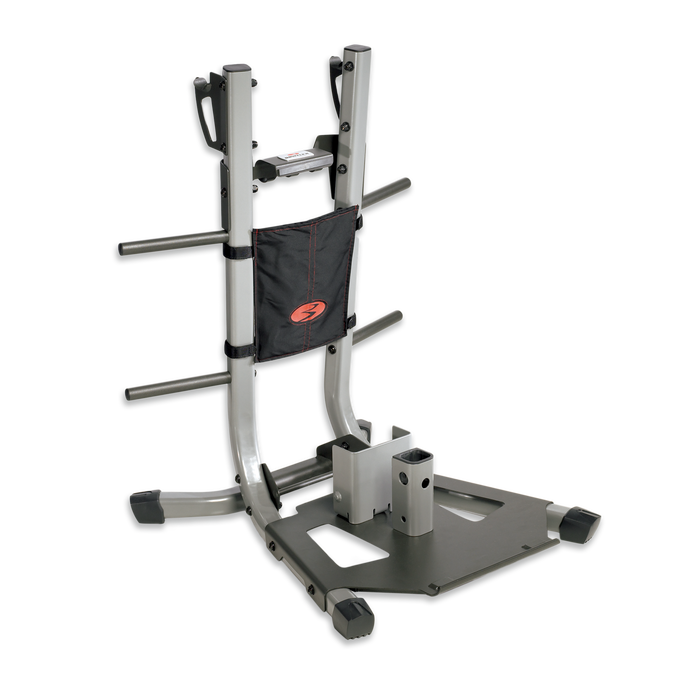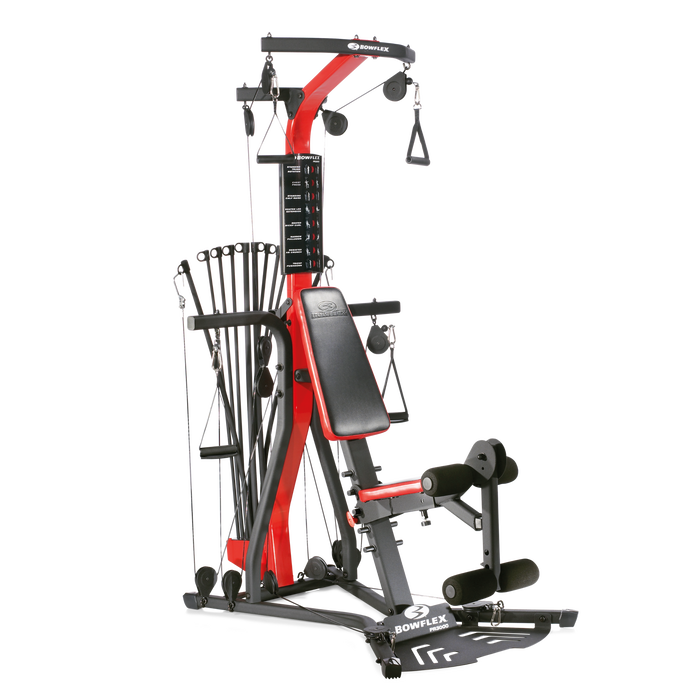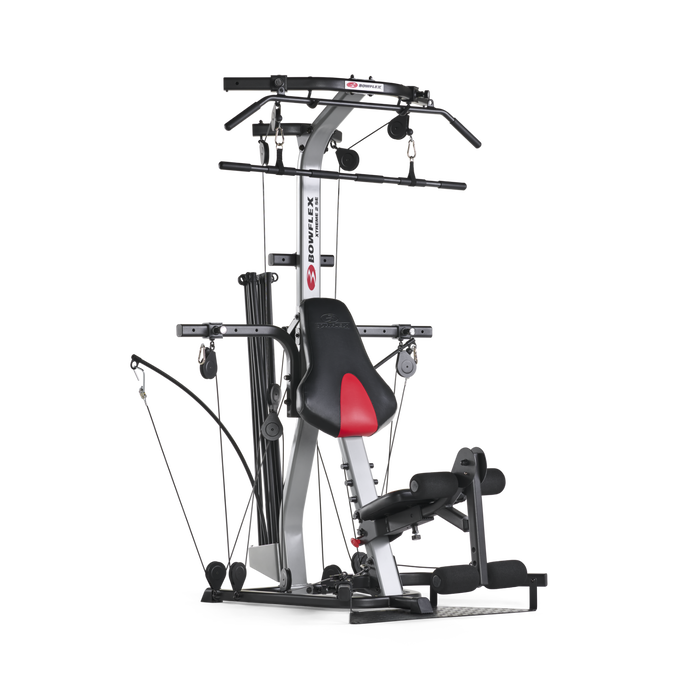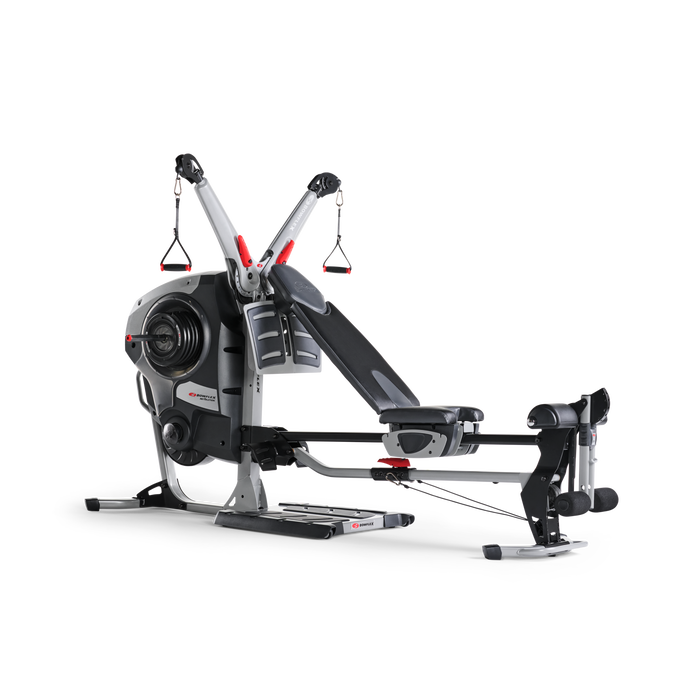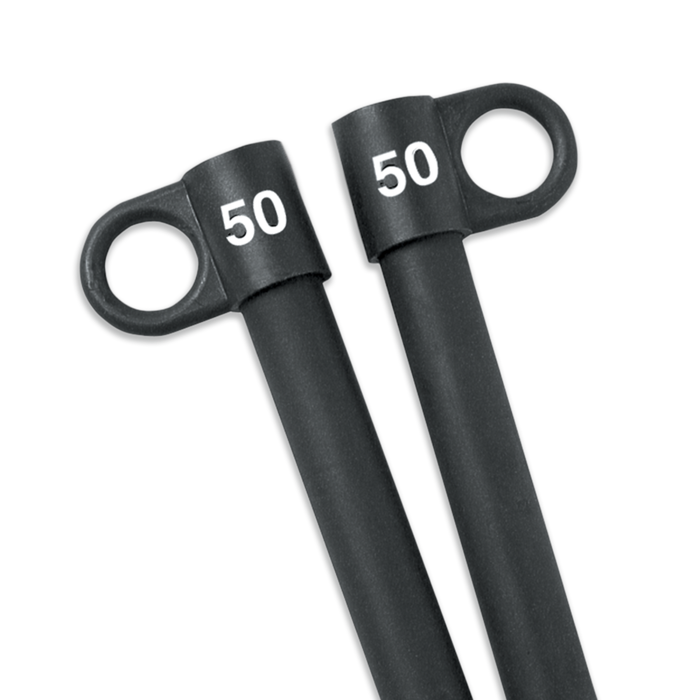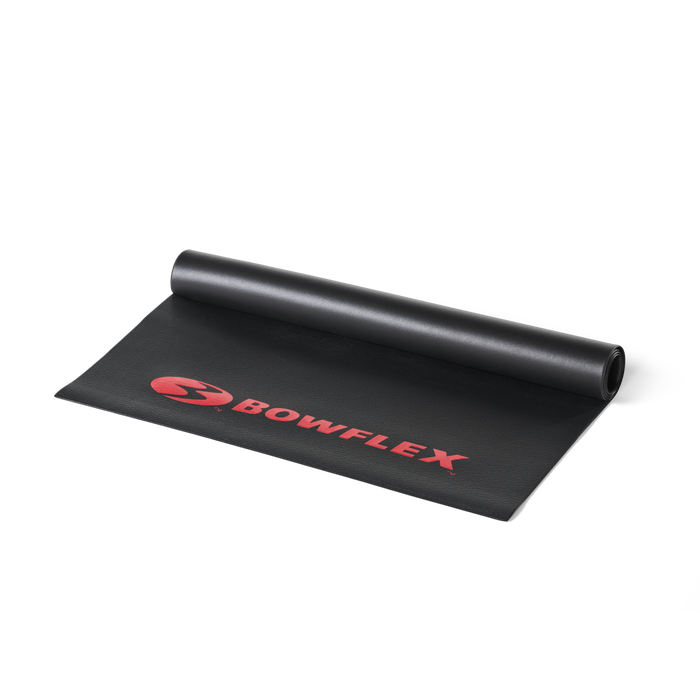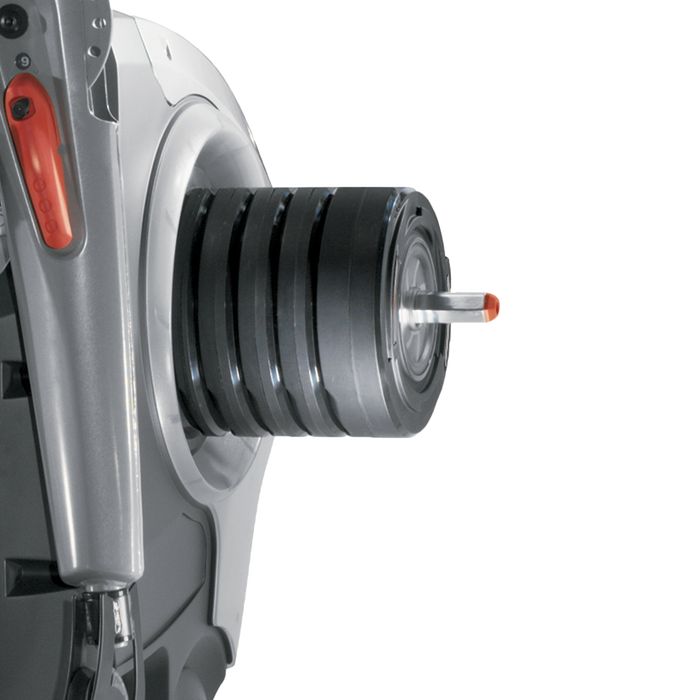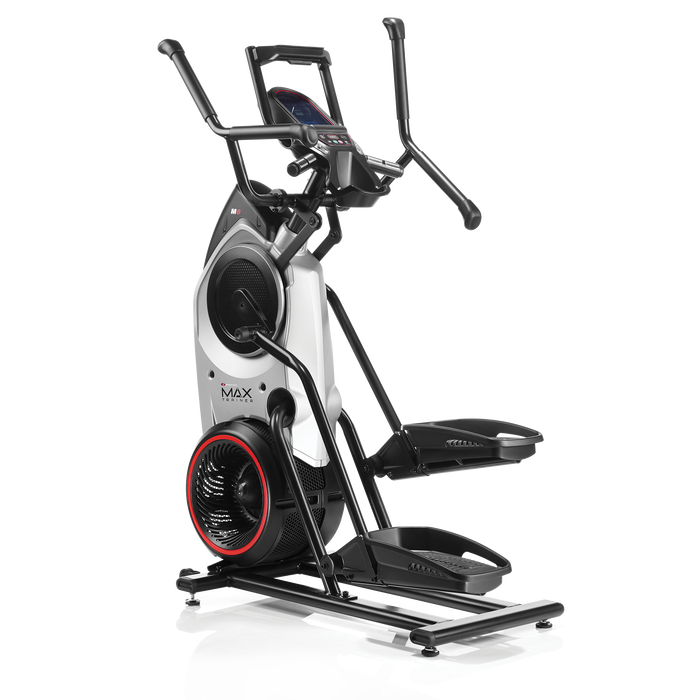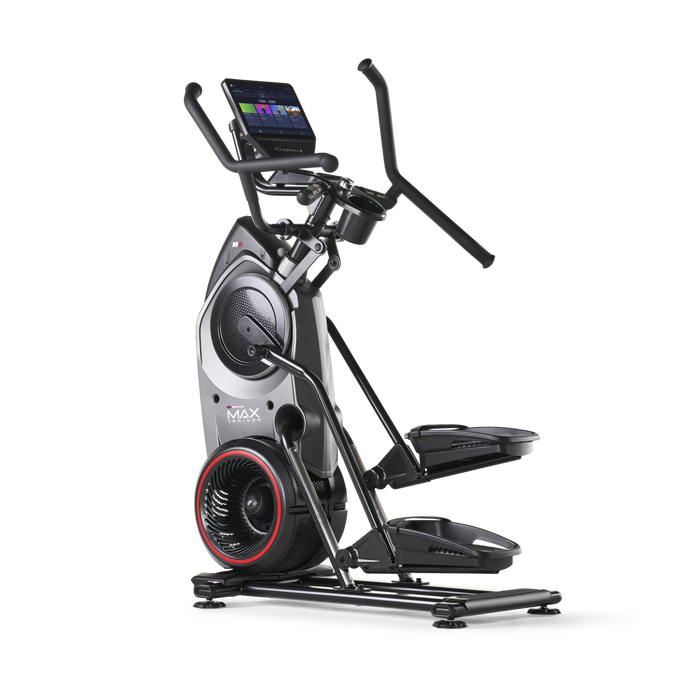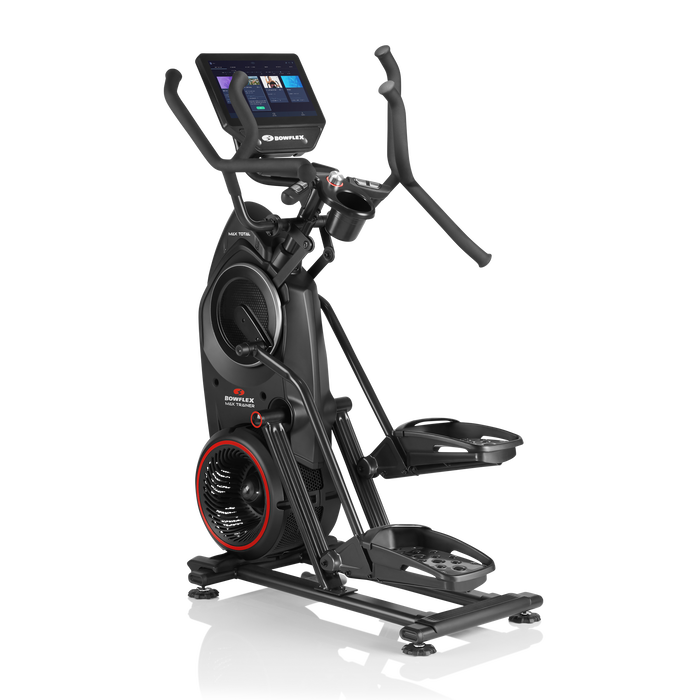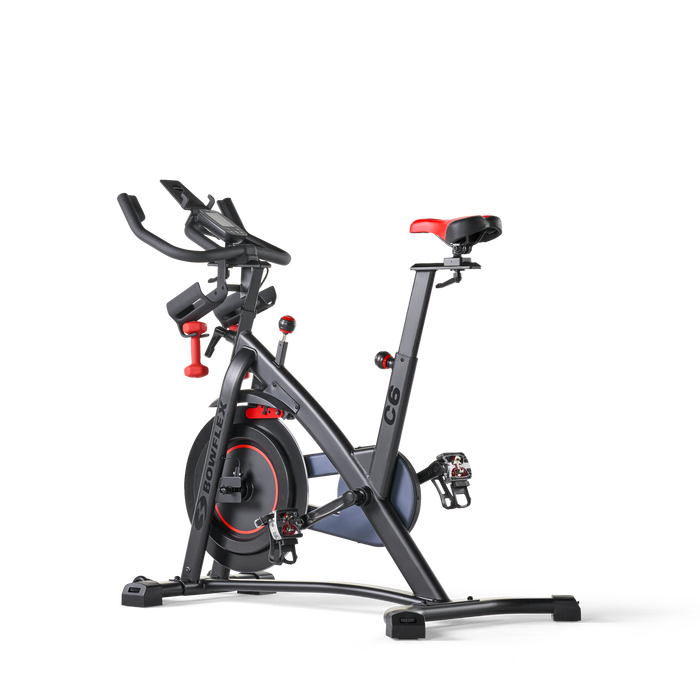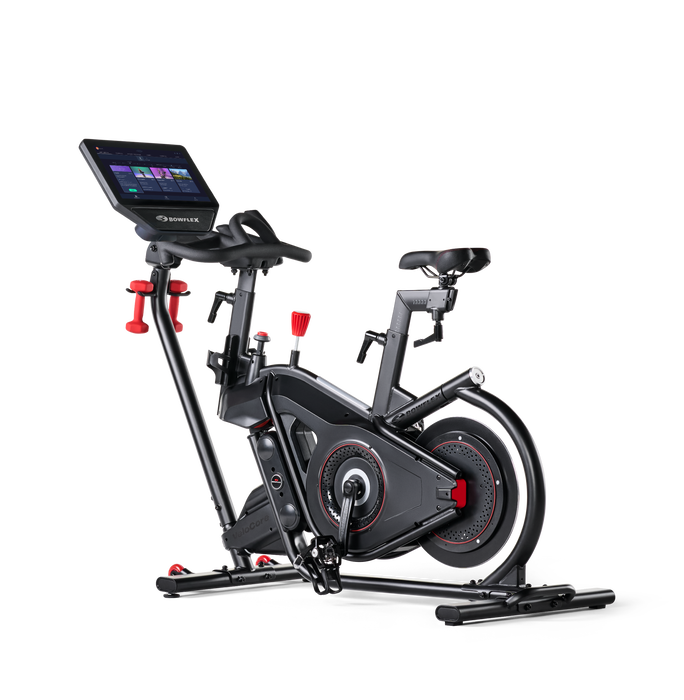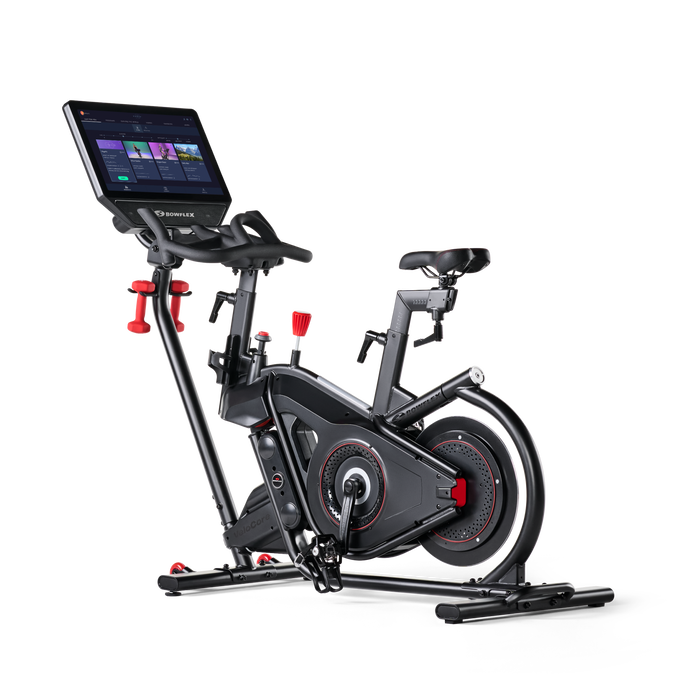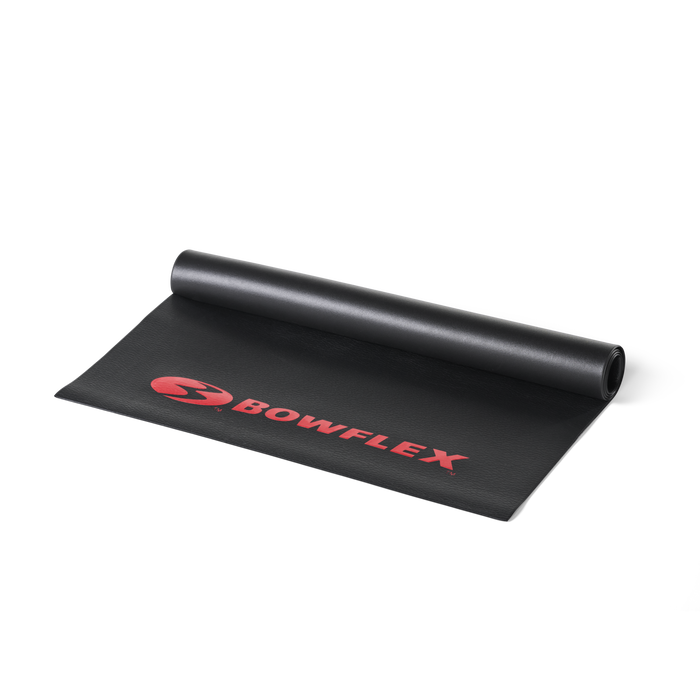Fitness Truths: Training for Balance – Part 2

In the first part of "Fitness Truths: Training for Balance", we looked at what balance is and what the research says is the best way to increase balance. We found that it's much more than just practicing balance and performing circus acts on wobbly boards and inflated balls. It takes strength…and a little balance practice.
Therefore, in order to improve or maintain balance control, we must strengthen the muscles of the lower body, particularly the muscles of the lower leg (below the knee). These are what you use to detect sway and as mentioned in part 1, weakness of these muscles leads to proprioception deficits. If you can't detect it, you can't correct it!
The following workout program is made specifically to strengthen the muscles of the lower leg. I'm assuming you're already performing exercises such as squats, leg press, knee extensions and knee flexions (leg curls). If you're not already doing that…start doing that.
What muscles are we going to train exactly? Well it doesn't really matter that you know what the names are, but if you must know, here's a quick video that walks through them all.
What matters is that you understand that all of these control the ankle and to strengthen them you must work the ankle front to back and side to side. Otherwise known as plantarflexion, dorsiflexion, inversion and eversion.
The workout and exercises are pretty simple and require very little equipment. Performing it 1-2 times per week should be sufficient. Remember, this isn't meant to be an exhaustive or complete workout, it's meant to compliment your current routine in order to improve or maintain balance control.
The workout looks like this:
| Exercise | Sets | Reps |
|---|---|---|
| Standing calf raise (plantarflexion) | 2 | 20 |
| Dorsiflexion | 2 | To exhaustion |
| Eversion | 2 | To exhaustion |
| Inversion | 2 | To exhaustion |
| Balance practice | 3 each leg | 30–60 sec |
To perform the exercises all you need is a small ledge and some sort of unstable surface such as a foam pad (pictured) or a pillow. The ledge can be sloped as shown in the pictures or like a cliff, but it shouldn't be very tall. Only about 3‐4 inches in height.
Here is how to perform each exercise:
Standing Calf Raise
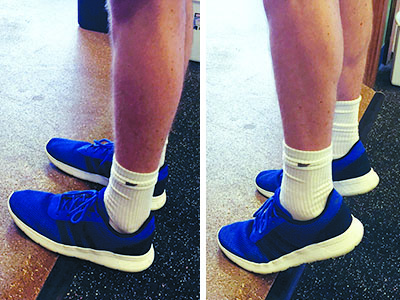
Stand on the ledge with the balls of your feet and raise your heels as high as you can and repeat for 20 reps. You can perform this on flat ground too if the stretch in your calf is uncomfortable.
Dorsiflexion
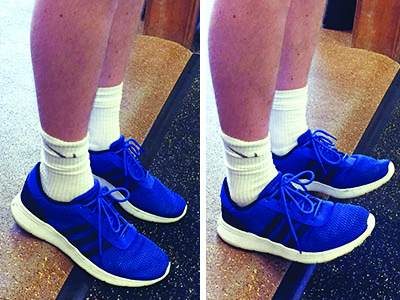
Stand on the ledge with the heels of your feet and raise your toes as high as you can and repeat until you can't do anymore reps. If using a ledge makes this too difficult do them on flat ground.
Eversion
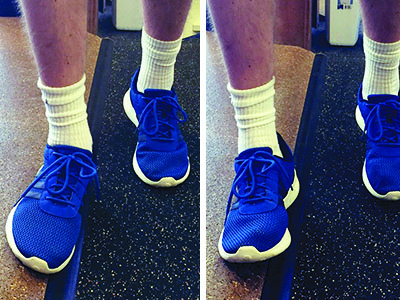
Stand on the ledge using the inside part of your foot and raise the outside portion as high as you can. Repeat until you can't do anymore reps. The farther you are on the inside part of your foot, the more difficult this will be.
Inversion
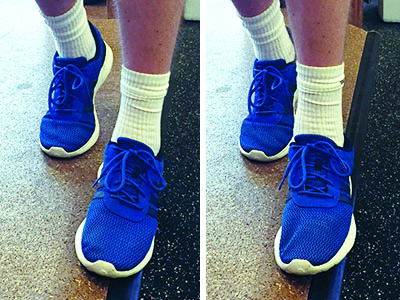
Stand on the ledge using the outside part of your foot and raise the inside portion as high as you can. Repeat until you can't do anymore reps. The farther you are on the outside part of your foot, the more difficult this will be.
Balance practice

Using a soft or unstable surface, stand on one foot and balance for 30-60 seconds. If you cannot perform at least 30 seconds, practice using solid ground first and progress with a less squishy surface.
If you have any trouble keeping your balance during the first four exercises, find something you can hold on to. These are not meant to challenge your balance. They are meant to strengthen your balance control muscles.
Enjoy the workout!

